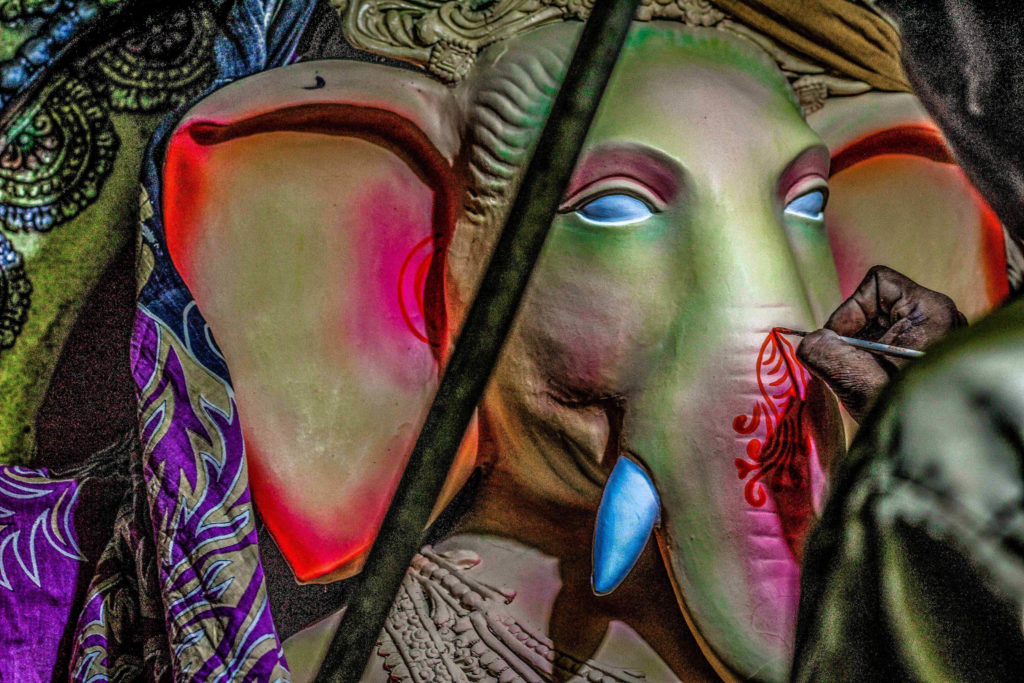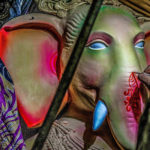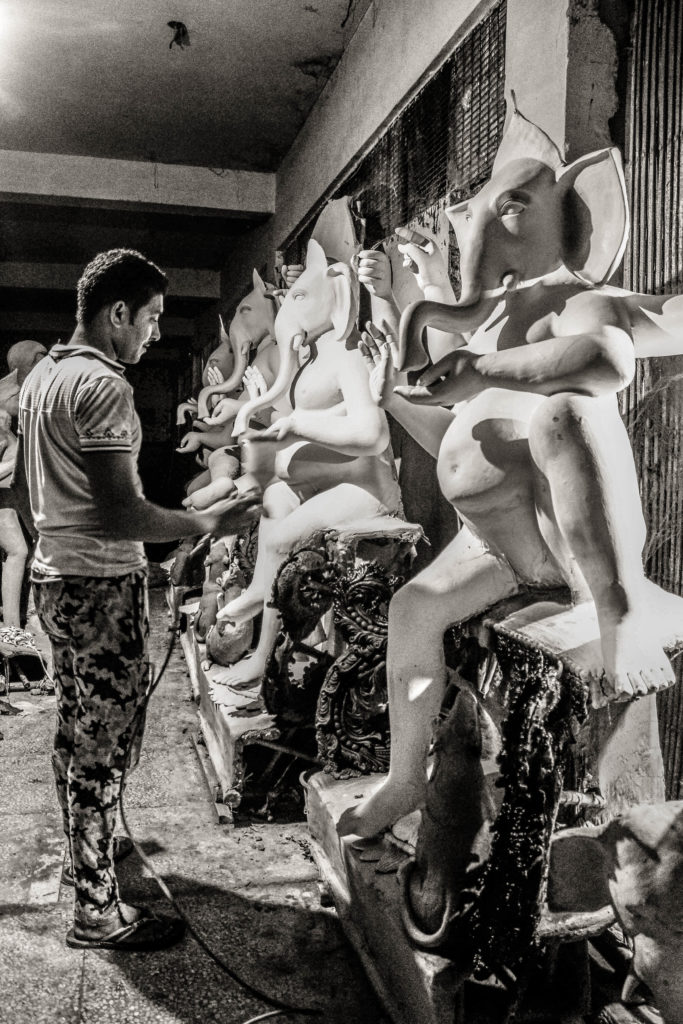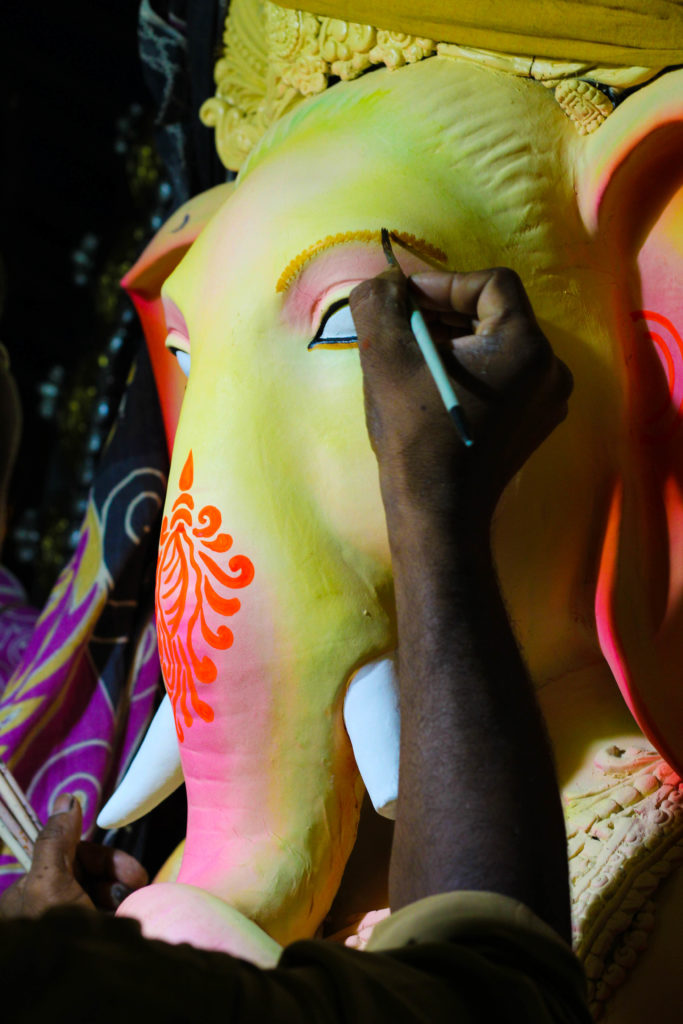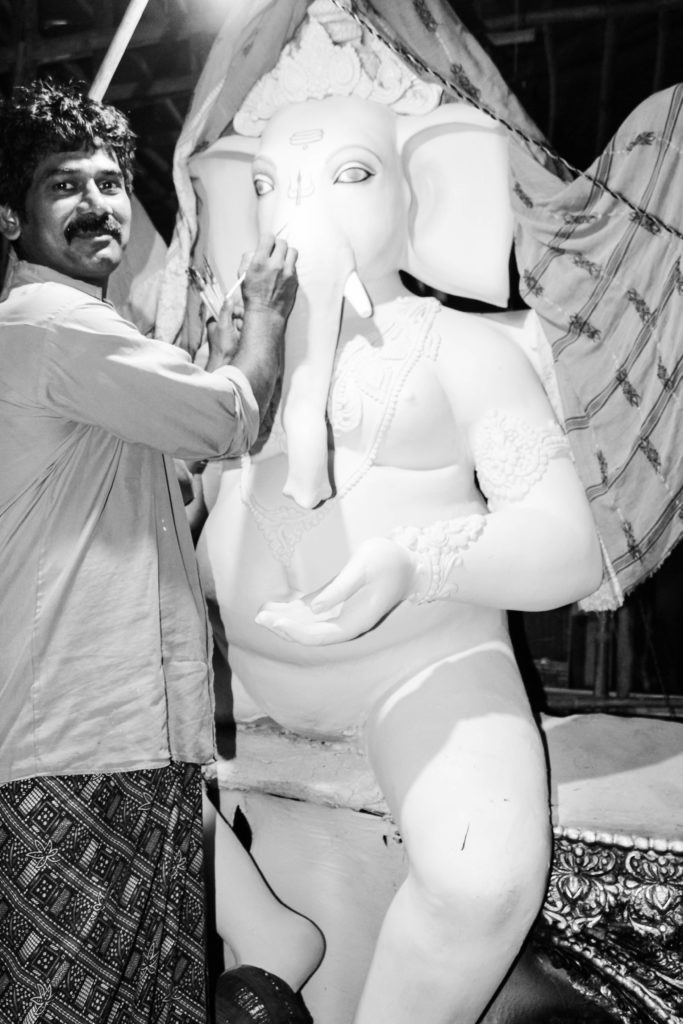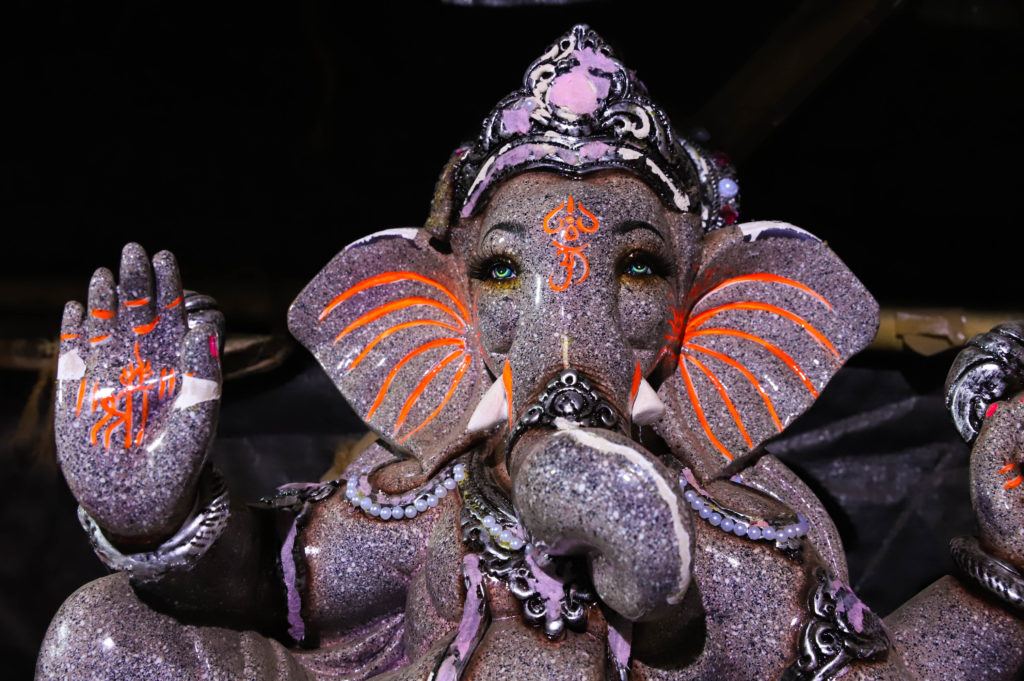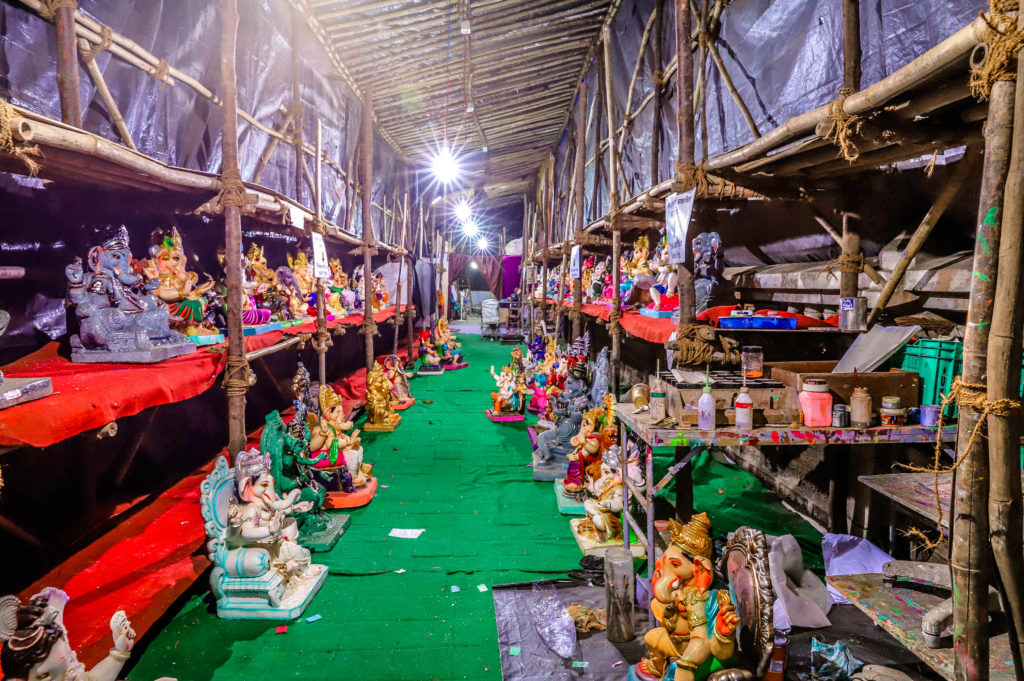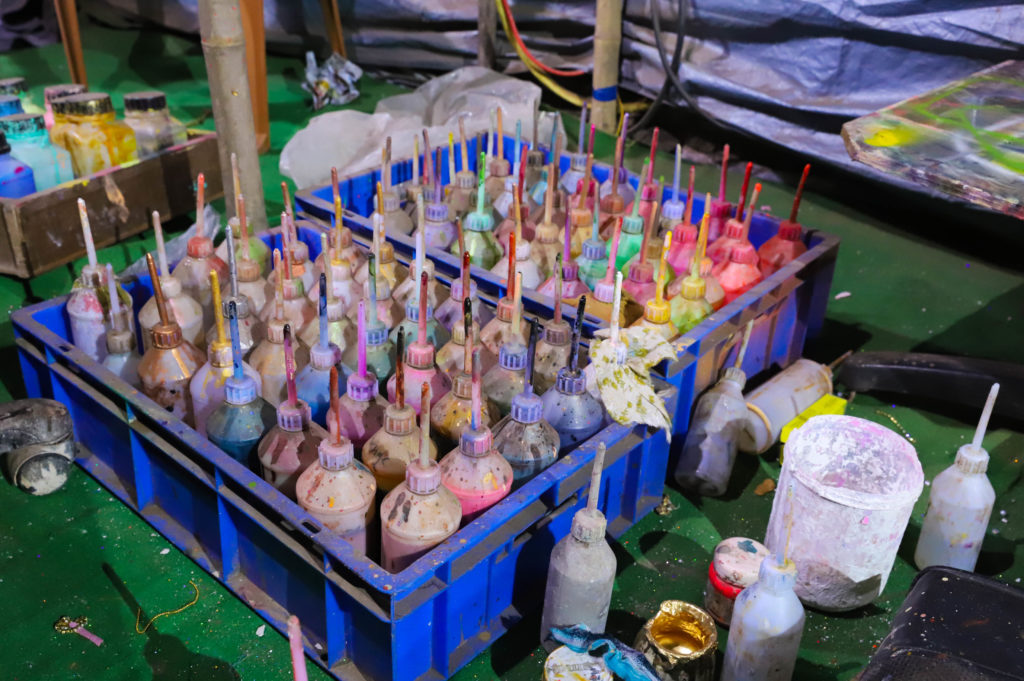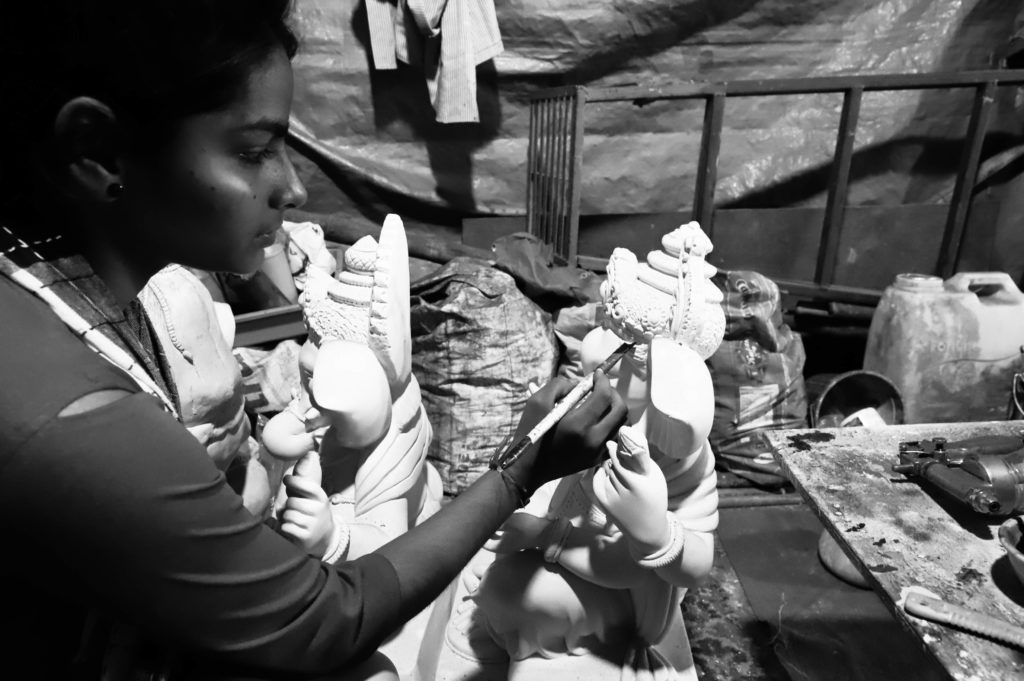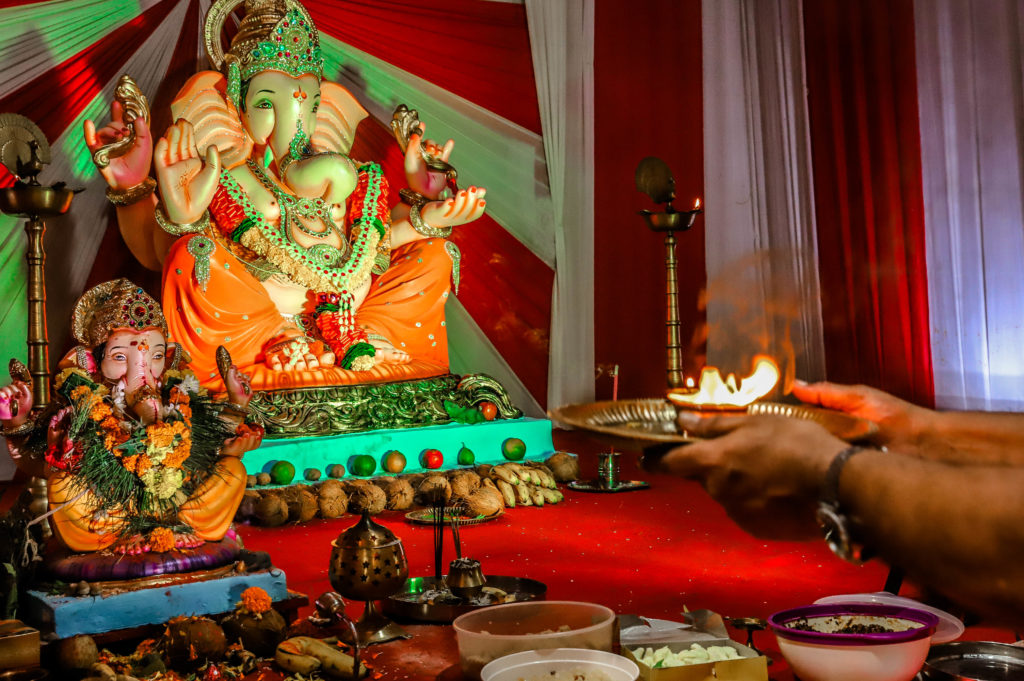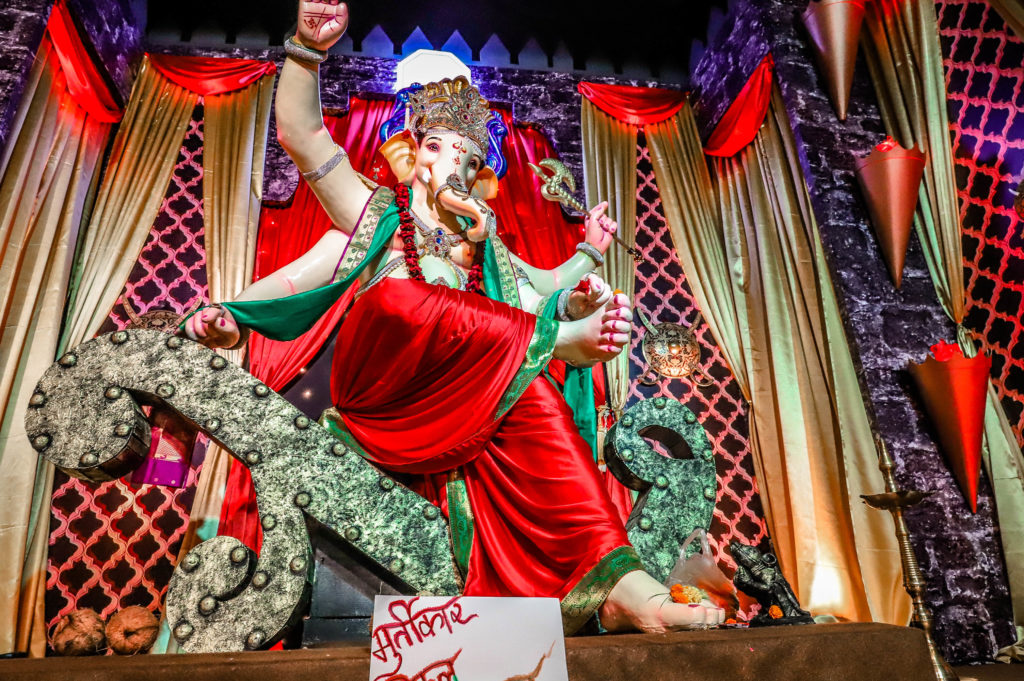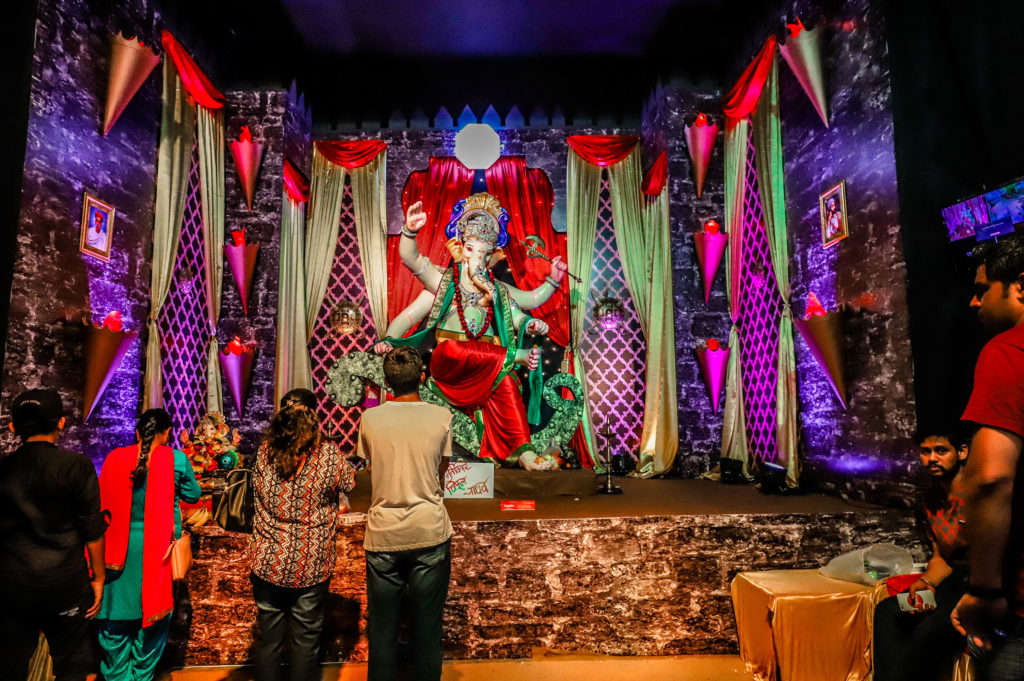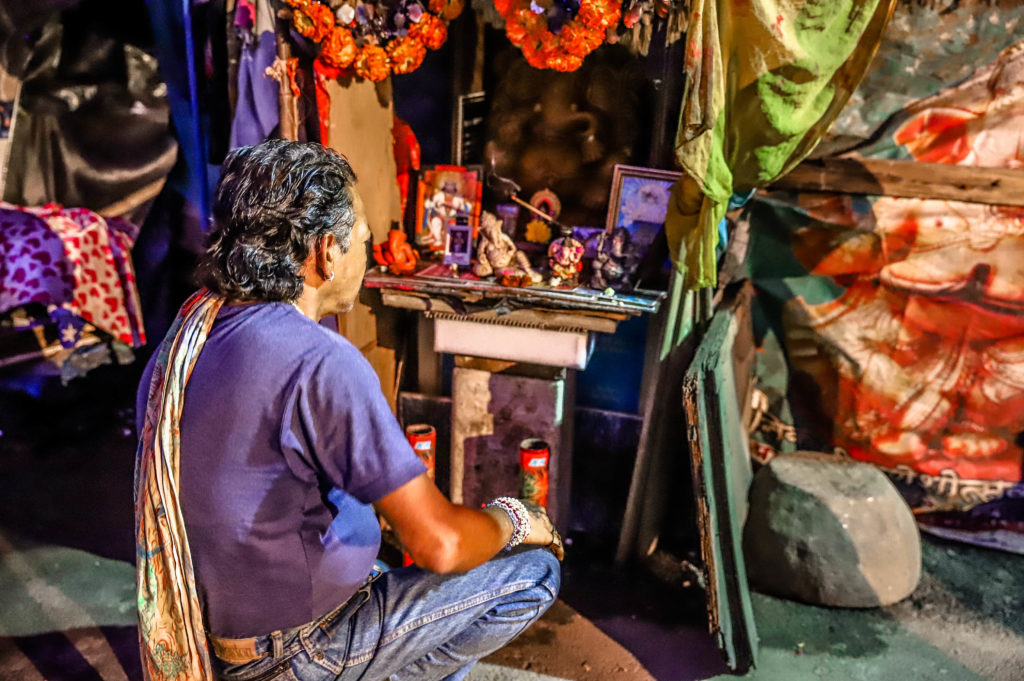Handcrafting the idols of Lord Ganesha during Ganesh Chaturthi
India is a country where every other day is a celebration and people love to dwell in the joy of festivities. With Ganesh Chaturthi, also called Vinayak Chaturthi fast approaching, the attention has turned to western India where the festival is widely celebrated, especially in Maharashtra and Goa as well as the southern states of Karnataka and Tamil Nadu, to honour Lord Ganesha, the Hindu deity, with an elephant head.
An air of festivity is seen in many cities around the country, but most notably in Mumbai, in the month of Bhadra as per the traditional alamanc which coincides with mid-August to mid-September, and this festivals lasts for about 10 days, ending on the day of Ananta Chaturdashi.
Origins
It is believed that the Maratha King Chhatrapati Shivaji Maharaj, who founded the Maratha Empire in the 17th century, initiated this festival. It is said that Shivaji started the practice as Lord Ganesh was the family deity of the Peshwas, the family that Shivaji belonged to.
Over 200 years later, noted freedom fighter Lokmanya Bal Gangadhar Tilak transformed Ganesh Chaturthi into an instrument of the freedom struggle and he organised the first public celebration of the festival. As Ganesh was a beloved deity of the rich and poor alike, Tilak popularised Ganesh Chaturthi as a national festival ‘to bridge the gap between the Brahmins and the non-Brahmins.’ He organised the first group or mandal in 1893, the Keshavi Naik Chawl Sarvajanik Ganeshotsav Mandal at Girgaum in Mumbai. As hundreds of devotees turned up to see the display and participate in prayers, Tilak began using the celebration as a means to bind all the fragmented Hindu community and oppose the British government ban on Hindu gatherings through its 1892 anti-public assembly legislation.
Celebration
In Mumbai, as well as other large cities of Maharashtra and other states, Ganesh Chaturthi preparations commence from almost a month before the festival. Every corner of the cities brims with joy and vibrancy during the festival. Lord Ganesha is offered prayers by devotees with a strong belief that at the end of the festival all obstacles would be taken away by Him.
On this festival, the statue of the Lord is placed on raised platforms in homes or beautifully decorated outdoor tents for people to view, pray and pay their homage. Many people who keep Ganesha in their homes choose to perform immersions on selected days- some keep them for one and a half day, some for three to five days.
Tireless hands behind the life-like clay models of Hindu deities
During the festival the idols of Ganesh are made from a variety of materials, from clay to Plaster of Paris, and they are richly decorated with vibrant colours and glitters. A small group of idol makers, who specialise in creating clay sculptures of the Hindu deities, are especially called from West Bengal and Bihar.
Idol making workshops dot the city as devotees clamour to take their beloved God to their home.
While taking a walk through the crowded by-lanes one can notice a cavernous makeshift shed that have been fashioned out of bamboo poles and blue tarpaulins under which the expertise of the busy hands of the artisans that run around the clock at workshops to win the race against time to complete the making of idols of the Lord for the festival.
The day of the artisan begins with meticulous efforts by hands, crafting idols which vary in sizes from the tiniest to the tallest, that is from 15 cm to 2 m and sometimes even to over 10 m in various stages of completion. Generation after generation, this skill of handcrafting the idols of deities has made the artisans perfectionists.
Festival Dishes
Although there are lots of sweets offered to Lord Ganesha during the prayers, but Modak is known as a favourite sweet of Lord Ganesha and is therefore one of the main dishes made on this day. Other dishes include Karanji or Gujiya, laddu, barfi and peda.



